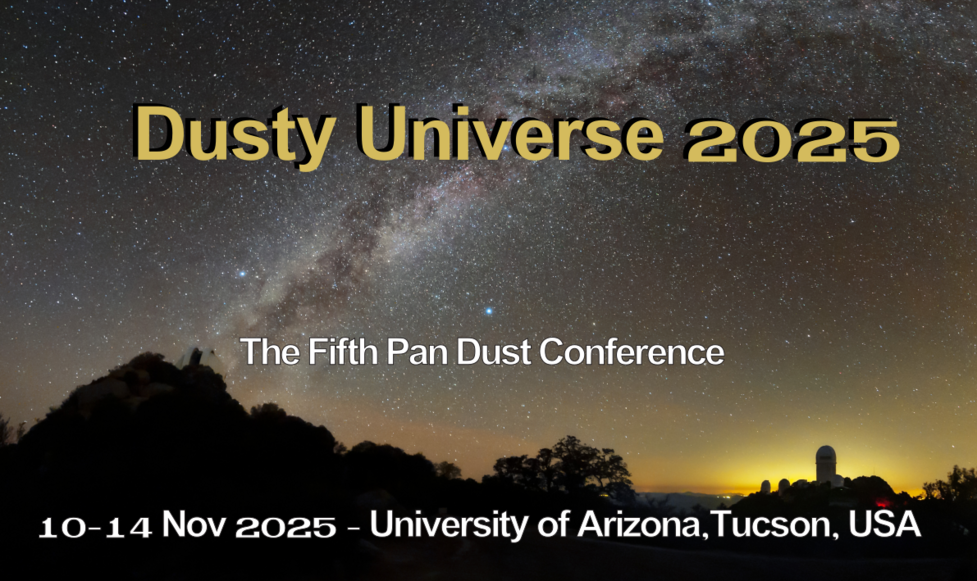The enhanced rates of star formation and supernovae in starbursts are powerful enough to drive multiphase galactic winds. These winds can expel large reservoirs of gas and dust to several kiloparsecs beyond a galaxy's midplane, enriching the circumgalactic medium and playing a critical role in galaxy evolution. M82 is an archetypal starburst with a stunning galactic wind. Cold gas and dust are launched at least 6 kpc away from M82, yet it is unclear how this cold material survives the gauntlet of the hot, X-ray-emitting phase of the wind. To investigate the survival of cold material in galactic winds, we turn to polycyclic aromatic hydrocarbons (PAHs), which are tenuous dust grains that should be easily destroyed by hot gas. We use JWST's NIRCam and MIRI to capture 3.3, 7.7, and 11.3 micron PAH emission in the M82 wind at ~2.5 pc resolution. These images reveal that PAHs live in a complex network of filaments, plumes, and bubble-walls/arches. Ratios between PAH features hint at the processing of this cold material as it is transported throughout the wind. We find that the 11.3/7.7 micron ratio increases with distance from the galaxy, suggesting that PAHs are less affected by ionization as they travel away from the starburst's radiation field. The 3.3/7.7 and 3.3/11.3 micron ratios exhibit relatively low and flat distributions. These hint at the smallest PAHs being preferentially (but not completely) destroyed by the hot wind, with little evidence of PAH coagulation and growth. These beautiful new MIRI and NIRCam images unveil M82's complicated wind structure, and provide a window into the uncertain survival of dust in galactic wind environments.

|
|
|
|
Dust Survival in the M82 Wind with JWST NIRCam and MIRI
1 : University of Maryland [College Park]
* : Corresponding author
|
 PDF version
PDF version
